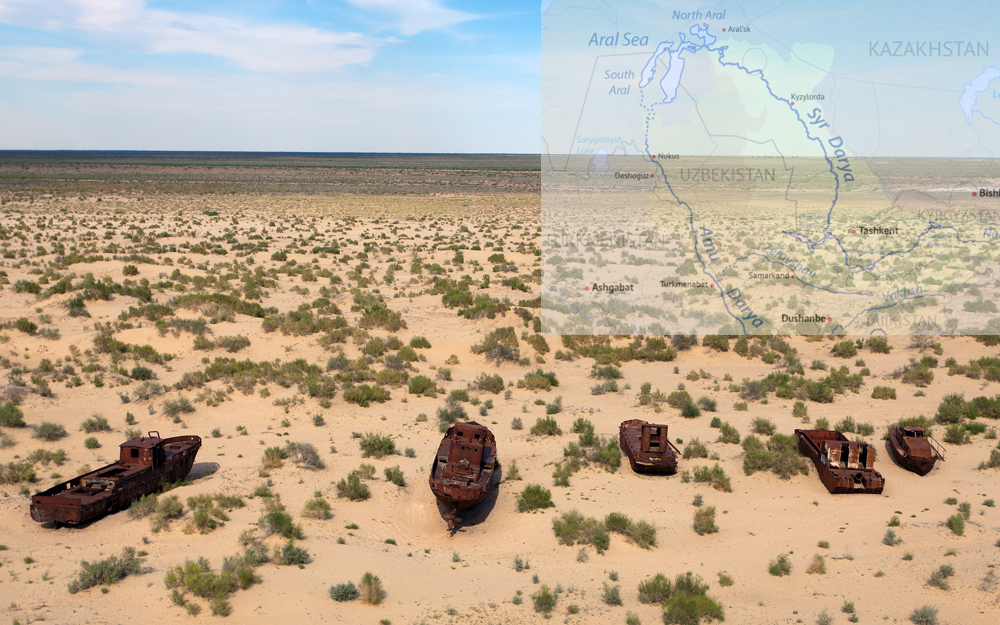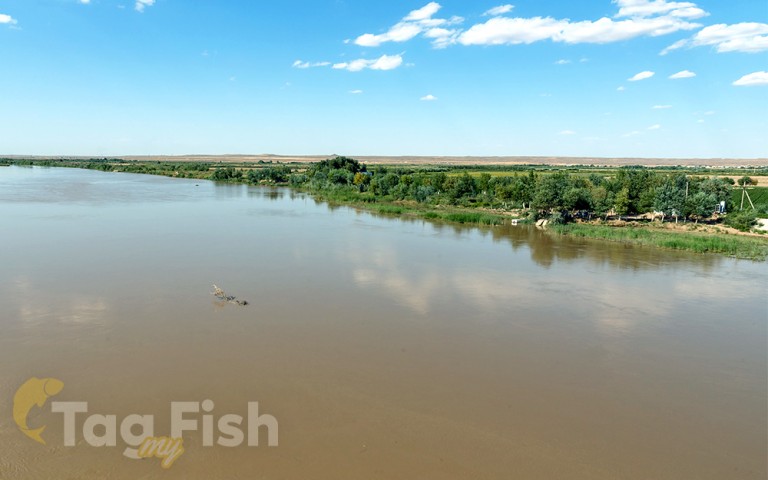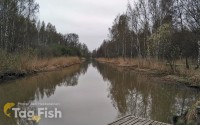South Aral Sea

Largest tributaries
The Aral Sea was an endorheic lake lying between Kazakhstan (Aktobe and Kyzylorda Regions) in the north and Uzbekistan (Karakalpakstan autonomous region) in the south which began shrinking in the 1960s and had largely dried up by the 2010s.
The name roughly translates as Sea of Islands, referring to over 1,100 islands that had dotted its waters. In the Mongolic and Turkic languages aral means island, archipelago. The Aral Sea drainage basin encompasses Uzbekistan and parts of Tajikistan, Turkmenistan, Kyrgyzstan, Kazakhstan, Afghanistan, and Iran.
Formerly the fourth largest lake in the world with an area of 68,000 km2 (26,300 sq mi), the Aral Sea began shrinking in the 1960s after the rivers that fed it were diverted by Soviet irrigation projects. By 1997, it had declined to 10% of its original size, splitting into four lakes: the North Aral Sea, the eastern and western basins of the once far larger South Aral Sea, and the smaller intermediate Barsakelmes Lake.
By 2009, the southeastern lake had disappeared and the southwestern lake had retreated to a thin strip at the western edge of the former southern sea. In subsequent years occasional water flows have led to the southeastern lake sometimes being replenished to a small degree. Satellite images by NASA in August 2014 revealed that for the first time in modern history the eastern basin of the Aral Sea had completely dried up. The eastern basin is now called the Aralkum Desert.
In an ongoing effort in Kazakhstan to save and replenish the North Aral Sea, the Dike Kokaral dam was completed in 2005. By 2008, the water level had risen 12 m (39 ft) above that of 2003. Salinity has dropped, and fish are again present in sufficient numbers for some fishing to be viable. The maximum depth of the North Aral Sea was 42 m (138 ft) (as of 2008).
The shrinking of the Aral Sea has been called one of the worst environmental disasters in mankind history.
The water from the diverted Syr Darya river is used to irrigate about two million hectares (5,000,000 acres) of farmland in the Ferghana Valley. The Aral Sea region is heavily polluted, with consequent serious public health problems. UNESCO has added historical documents concerning the Aral Sea to its Memory of the World Register as a resource to study the environmental tragedy.







